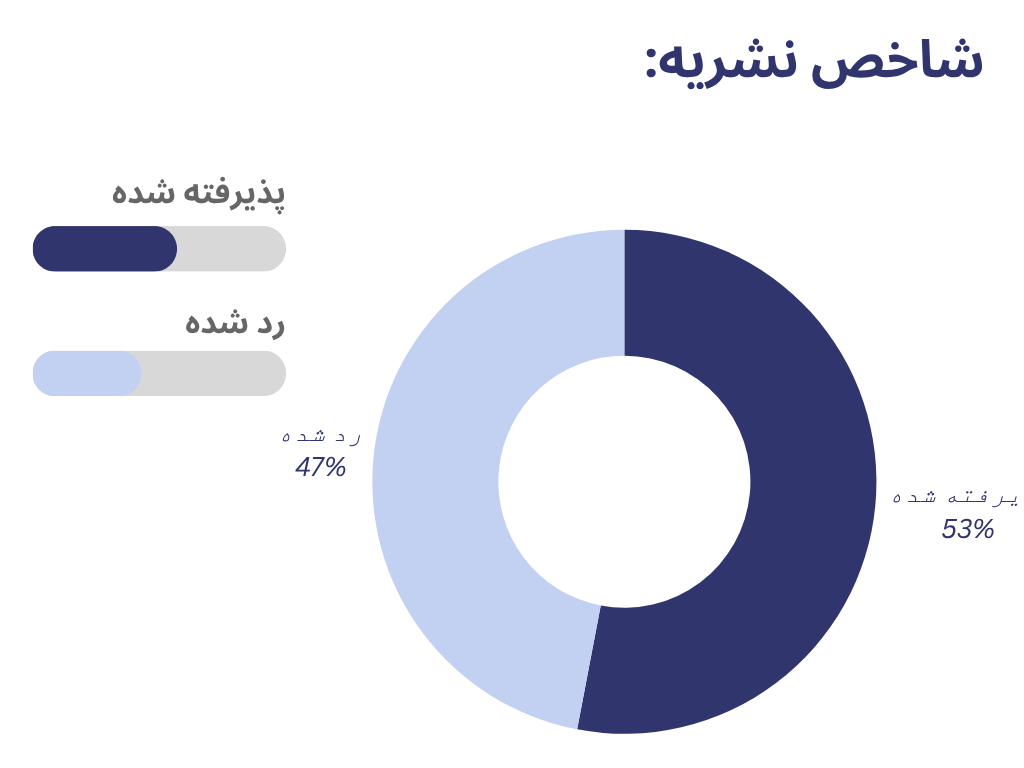رتبهبندی در زمانبندی پروژه با منابع محدود
چکیده
هدف: این مقاله به بررسی مساله زمانبندی پروژه با محدودیت منابع بهصورت فازی میپردازد. هدف اصلی ارایه راهکاری برای دستیابی به یک زمانبندی شدنی است که منجر به حداقلسازی زمان اتمام پروژه شود.
روششناسی پژوهش: در این پژوهش، دو رویکرد مرسوم سری و موازی برای حل مسایل زمانبندی پروژههای فازی با محدودیت منابع بهکار گرفته شده است. علاوهبر این، یک قاعده اولویت جدید معرفی گردید که مبتنی بر میزان بحرانیبودن فعالیتها و تعداد منابع موردنیاز برای فعالیتهای واجد شرایط درمجموعه تصمیمگیری است.
یافتهها: نتایج عددی حاصل از آزمایشها نشان دادند که زمانبندی موازی، در مقایسه با زمانبندی سری، کیفیت بالاتری از نظر کاهش زمان اتمام پروژه دارد.
اصالت/ارزش افزوده علمی: استفاده از رویکرد زمانبندی موازی همراه با قاعده اولویت پیشنهادی، میتواند بهبود معناداری در عملکرد زمانبندی پروژهها با محدودیت منابع در محیطهای فازی ایجاد کند.
کلمات کلیدی:
زمانبندی پروژه، مسیر بحرانی، شیوه زمانبندی، قانون اولویت، منطق فازیمراجع
- [1] Long, L. D., & Ohsato, A. (2008). Fuzzy critical chain method for project scheduling under resource constraints and uncertainty. International journal of project management, 26(6), 688–698. https://doi.org/10.1016/j.ijproman.2007.09.012
- [2] Bhaskar, T., Pal, M. N., & Pal, A. K. (2011). A heuristic method for RCPSP with fuzzy activity times. European journal of operational research, 208(1), 57–66. https://doi.org/10.1016/j.ejor.2010.07.021
- [3] Ma, W., Che, Y., Huang, H., & Ke, H. (2016). Resource-constrained project scheduling problem with uncertain durations and renewable resources. International journal of machine learning and cybernetics, 7(4), 613–621. https://doi.org/10.1007/s13042-015-0444-4
- [4] Tariqian, H. (2016). Project planning and control (Concepts and methods). (In Persian). Ferdowsi University of Mashhad. https://B2n.ir/yh9707
- [5] Taheri, M. (1996). Introduction to fuzzy set theory. (In Persian). Mashhad University Jihad. https://B2n.ir/jg9377
- [6] Zimmermann, H. J. (2011). Fuzzy set theory—and its applications. Springer Science & Business Media. https://B2n.ir/zg8179
- [7] Kaufmann, A., & Gupta, M. M. (1991). Introduction to fuzzy arithmetic: Theory and applications. Van Nostrand Reinhold Company. https://B2n.ir/pg8958
- [8] Hosseini, A., & Baharanchi, D. (2004). Management and control. (In Persian). Jahan Jam Jam. https://B2n.ir/es5053
- [9] Rezaei, M., & Ghazanfari, M. (2006). Introduction to Fuzzy Set Theory. (In Persian). Ran University of Science and Technology. https://B2n.ir/dm8591
- [10] Wang, X., & Kerre, E. E. (2001). Reasonable properties for the ordering of fuzzy quantities (I). Fuzzy sets and systems, 118(3), 375–385. https://doi.org/10.1016/S0165-0114(99)00062-7
- [11] Wang, X., & Kerre, E. E. (2001). Reasonable properties for the ordering of fuzzy quantities (II). Fuzzy sets and systems, 118(3), 387–405. https://doi.org/10.1016/S0165-0114(99)00063-9
- [12] Chen, S. H. (1985). Ranking fuzzy numbers with maximizing set and minimizing set. Fuzzy sets and systems, 17(2), 113–129. https://doi.org/10.1016/0165-0114(85)90050-8
- [13] Korepazan Dezfuli, A. (2005). Principles of fuzzy set theory and its application in modeling water engineering problems. (In Persian). Jihad University Branch of Amirkabir University of Technology. https://B2n.ir/qf9085
- [14] Corman, T. H., Leiserson, CH, E., Rivest, R. L., & Stein, C. (2008). Introduction to algorithms. Computer Science Publications. https://B2n.ir/rp5087
- [15] Hartmann, S., & Kolisch, R. (2000). Experimental evaluation of state-of-the-art heuristics for the resource-constrained project scheduling problem. European journal of operational research, 127(2), 394–407. https://doi.org/10.1016/S0377-2217(99)00485-3
- [16] Knyazeva, M., Bozhenyuk, A., & Rozenberg, I. (2015). Resource-constrained project scheduling approach under fuzzy conditions. Procedia computer science, 77, 56–64. https://doi.org/10.1016/j.procs.2015.12.359







